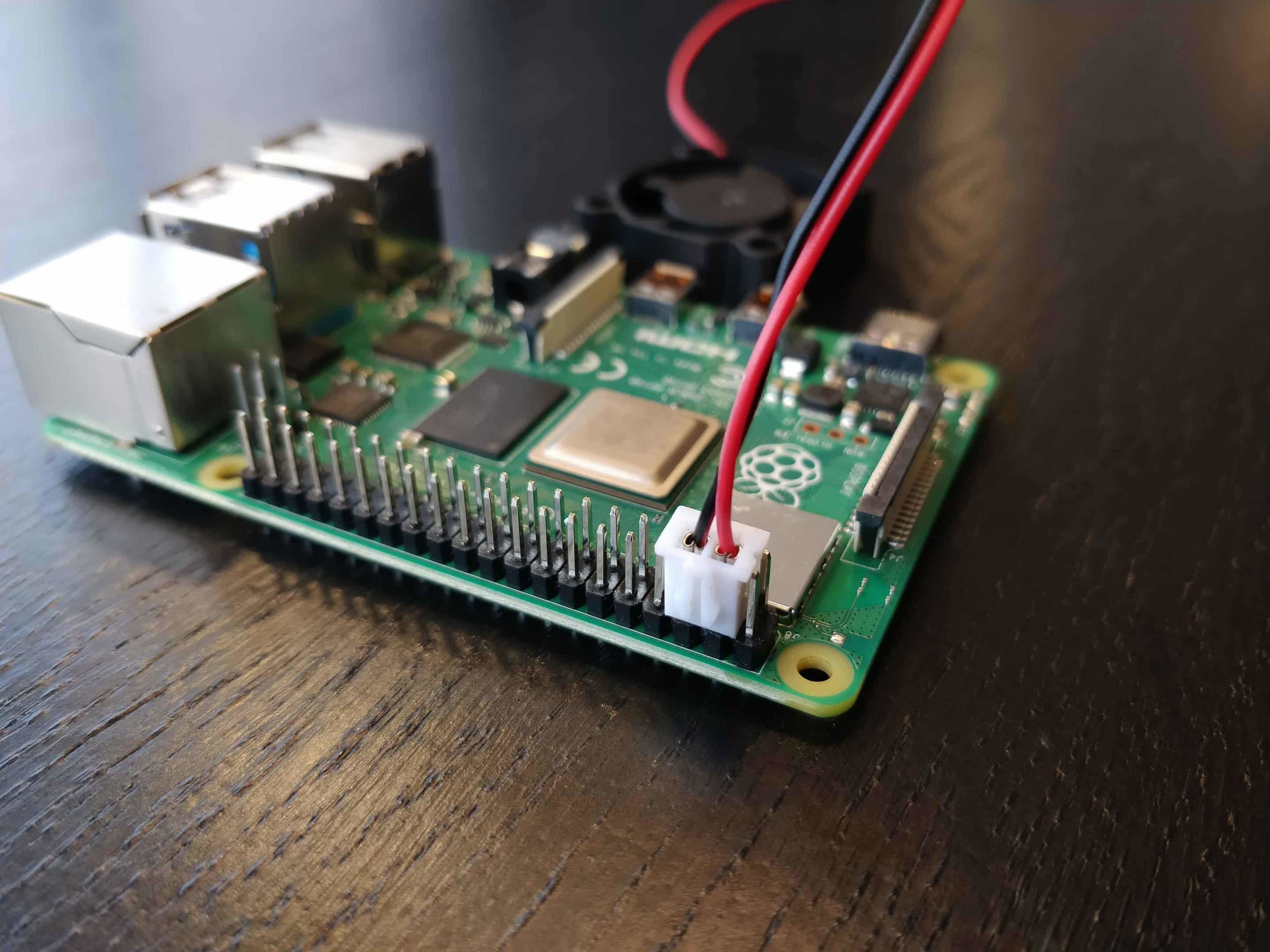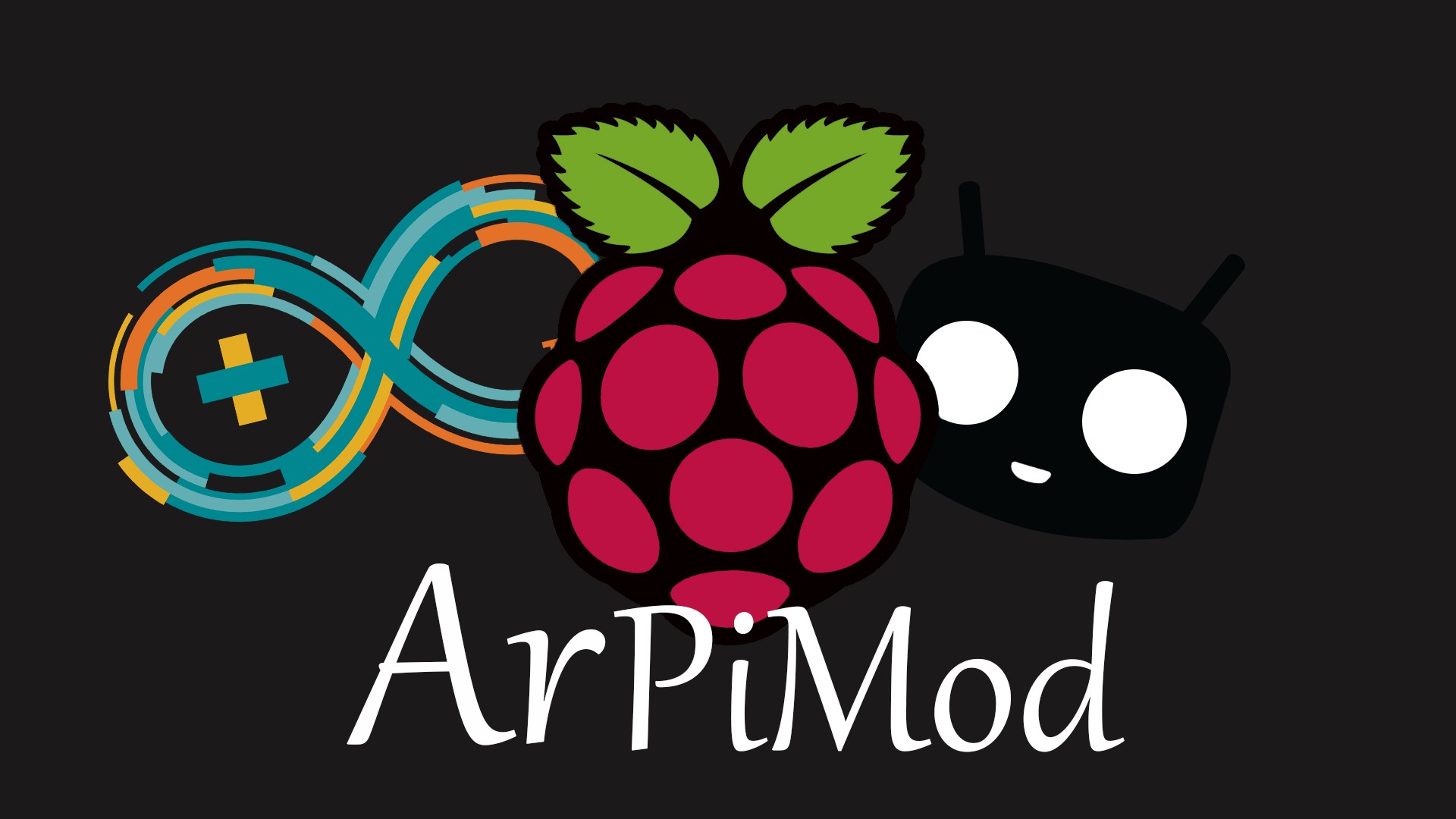Securely Connect Remote IoT VPC Raspberry Pi Download Free: A Beginner’s Guide To Safe Networking
Connecting remote IoT devices securely is no longer a luxury—it’s a necessity. As more people embrace the Internet of Things (IoT), ensuring that your devices communicate safely over the internet has become a top priority. Whether you're setting up a smart home or managing industrial sensors, having a secure connection between your IoT devices and cloud infrastructure is critical. In this article, we’ll explore how to securely connect remote IoT VPC using Raspberry Pi, complete with free download options to get you started.
In today's hyper-connected world, the importance of secure communication can't be overstated. Imagine this: you've spent hours configuring your IoT devices and setting up your network, only to find out later that someone unauthorized has accessed your system. It’s not just inconvenient—it’s dangerous. That’s why learning how to securely connect remote IoT VPC with a Raspberry Pi is a game-changer.
This guide isn’t just about theory; it’s about practical steps you can take right now to protect your network. From understanding the basics of IoT security to downloading the necessary tools for free, we’ve got you covered. So buckle up, because we’re about to dive deep into the world of secure IoT networking.
Here’s a quick roadmap of what we’ll cover:
- Understanding IoT security and its importance
- Setting up a Virtual Private Cloud (VPC) for IoT devices
- Using Raspberry Pi as a secure gateway
- Free tools and software you can download to get started
- Best practices for maintaining a secure IoT network
Now, let’s get to it!
Why Securely Connecting Remote IoT VPC Is Essential
Before we jump into the technical stuff, let’s talk about why securing your IoT devices is so important. Think of your IoT network as a house. Just like you wouldn’t leave your front door wide open, you shouldn’t leave your network exposed to the internet without protection.
IoT devices are often seen as easy targets by hackers because they’re not always configured with security in mind. A single unsecured device can compromise your entire network. By setting up a secure VPC and using a Raspberry Pi as a gateway, you can create a fortress around your IoT devices.
Key Benefits of Securing Your IoT Network
Here are some of the top benefits you’ll gain by securing your IoT VPC:
- Protection Against Cyber Attacks: Reduce the risk of unauthorized access and data breaches.
- Improved Network Performance: A secure network ensures that only authorized devices can connect, reducing congestion and improving performance.
- Peace of Mind: Knowing your devices are protected gives you the confidence to focus on other important tasks.
Understanding IoT Security: The Basics
IoT security might sound intimidating, but it’s really just about protecting your devices and data from unauthorized access. At its core, IoT security involves three main components:
Authentication, Authorization, and Encryption. Let’s break each one down:
Authentication: Who’s Allowed In?
Authentication is the process of verifying the identity of a device or user. Think of it like showing your ID at the door. Without proper authentication, anyone could pretend to be an authorized device and gain access to your network.
Authorization: What Can They Do?
Once a device is authenticated, authorization determines what it’s allowed to do. For example, a smart thermostat might be authorized to send temperature data, but not control your security cameras.
Encryption: Keeping Data Safe
Encryption is the process of scrambling data so that only authorized parties can read it. This ensures that even if someone intercepts your data, they won’t be able to make sense of it without the decryption key.
Setting Up a Virtual Private Cloud (VPC) for IoT Devices
A Virtual Private Cloud (VPC) is essentially a private network within the cloud. It acts as a secure space where your IoT devices can communicate without being exposed to the public internet. Setting up a VPC is one of the best ways to protect your IoT devices.
Steps to Set Up a VPC
Here’s a step-by-step guide to setting up a VPC for your IoT devices:
- Choose a Cloud Provider: AWS, Google Cloud, and Microsoft Azure are popular choices for setting up a VPC.
- Create a New VPC: Most cloud providers offer easy-to-use interfaces for creating a VPC. You’ll need to specify the IP range and other settings.
- Set Up Subnets: Subnets allow you to divide your VPC into smaller networks. This can help improve security and performance.
- Configure Security Groups: Security groups act as virtual firewalls for your VPC. Use them to control inbound and outbound traffic.
Using Raspberry Pi as a Secure Gateway
Now that we’ve covered the basics of IoT security and setting up a VPC, let’s talk about using a Raspberry Pi as a secure gateway. A Raspberry Pi is a small, affordable computer that’s perfect for IoT projects. By configuring it as a gateway, you can control access to your IoT devices and ensure secure communication.
Why Use a Raspberry Pi?
Here are a few reasons why the Raspberry Pi is an excellent choice for IoT security:
- Cost-Effective: Raspberry Pi is affordable, making it accessible for hobbyists and professionals alike.
- Flexible: With its open-source nature, you can customize it to meet your specific needs.
- Powerful: Despite its size, the Raspberry Pi is surprisingly powerful and capable of handling complex tasks.
Configuring Raspberry Pi as a Gateway
Here’s how you can configure your Raspberry Pi as a secure gateway:
- Install an Operating System: Start by installing a lightweight operating system like Raspbian or Ubuntu Server.
- Set Up a Firewall: Use tools like UFW (Uncomplicated Firewall) to control incoming and outgoing traffic.
- Install Security Software: Consider installing software like Pi-hole to block malicious traffic.
- Configure SSH: Secure Shell (SSH) allows you to remotely manage your Raspberry Pi. Be sure to secure SSH with strong passwords or SSH keys.
Free Tools and Software to Securely Connect Remote IoT VPC
One of the best things about IoT security is that there are plenty of free tools and software available to help you get started. Here are a few of our favorites:
WireGuard
WireGuard is a modern, fast, and secure VPN solution. It’s perfect for setting up a secure connection between your IoT devices and your VPC. Best of all, it’s free and open-source.
OpenVPN
OpenVPN is another popular choice for securing IoT connections. It’s been around for years and is trusted by millions of users worldwide.
Pi-hole
Pi-hole is a network-wide ad blocker that runs on your Raspberry Pi. While it’s not specifically designed for IoT security, it can help protect your devices from malicious ads and trackers.
Best Practices for Maintaining a Secure IoT Network
Setting up a secure IoT network is just the beginning. To keep your network safe, you need to follow best practices and stay vigilant. Here are a few tips to help you maintain a secure IoT network:
Regularly Update Your Devices
Software updates often include security patches that fix vulnerabilities. Make sure to regularly update your IoT devices and Raspberry Pi to keep them secure.
Use Strong Passwords
Weak passwords are one of the most common security risks. Use strong, unique passwords for all your devices and consider using a password manager to keep track of them.
Monitor Your Network
Regularly check your network for suspicious activity. If you notice anything unusual, take action immediately to prevent potential breaches.
Common Mistakes to Avoid
Even with the best intentions, it’s easy to make mistakes when setting up an IoT network. Here are a few common mistakes to avoid:
Ignoring Security Updates
Not keeping your devices up to date is a recipe for disaster. Always prioritize security updates to protect your network.
Using Default Credentials
Many IoT devices come with default usernames and passwords. Change these immediately to prevent unauthorized access.
Overlooking Physical Security
While most IoT security focuses on digital threats, don’t forget about physical security. Make sure your devices are stored in a secure location to prevent tampering.
Conclusion
Securing your IoT network might seem daunting at first, but with the right tools and knowledge, it’s completely achievable. By setting up a VPC, using a Raspberry Pi as a gateway, and following best practices, you can create a secure environment for your IoT devices.
Remember, security is an ongoing process. Stay informed about the latest threats and continue to update your devices and software to keep your network safe. And don’t forget to share this article with your friends and colleagues who might find it helpful!
So what are you waiting for? Get started today and take the first step towards a secure IoT network. Download the necessary tools, configure your Raspberry Pi, and enjoy the peace of mind that comes with knowing your devices are protected.
Got questions or comments? Drop them below and let’s keep the conversation going!
Table of Contents
Why Securely Connecting Remote IoT VPC Is Essential
Understanding IoT Security: The Basics
Setting Up a Virtual Private Cloud (VPC) for IoT Devices
Using Raspberry Pi as a Secure Gateway
Free Tools and Software to Securely Connect Remote IoT VPC
Best Practices for Maintaining a Secure IoT Network



Detail Author:
- Name : Miss Melyssa O'Kon II
- Username : greenfelder.margret
- Email : pollich.katrine@hotmail.com
- Birthdate : 2000-01-27
- Address : 37710 Rebeka Lock Apt. 895 Melodyburgh, NM 46993
- Phone : 332-273-2214
- Company : Reynolds-Wilderman
- Job : Highway Maintenance Worker
- Bio : Dolorum aut quos rerum. Fugiat fugiat rem illum repellat. Et quos accusantium reprehenderit. Amet modi corporis quia aut laborum ea blanditiis accusantium.
Socials
linkedin:
- url : https://linkedin.com/in/abesmith
- username : abesmith
- bio : Et cumque sapiente deserunt facilis maiores.
- followers : 3991
- following : 422
facebook:
- url : https://facebook.com/asmith
- username : asmith
- bio : Placeat odio quaerat blanditiis qui.
- followers : 687
- following : 1862
tiktok:
- url : https://tiktok.com/@smith2004
- username : smith2004
- bio : Dolore occaecati quia exercitationem consequatur quia labore.
- followers : 5578
- following : 2491
twitter:
- url : https://twitter.com/asmith
- username : asmith
- bio : Ab provident ipsum perspiciatis fugit eos aut et dolore. Quaerat eligendi rem non dolores quod sunt distinctio. Consectetur qui est et animi nulla.
- followers : 3253
- following : 2319